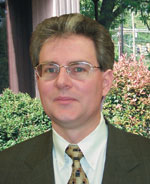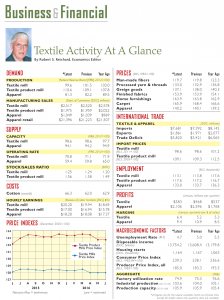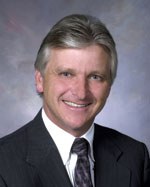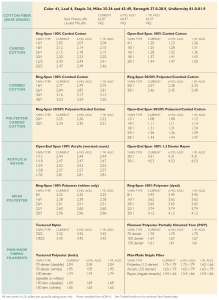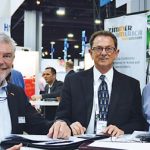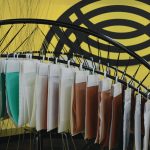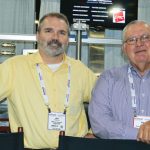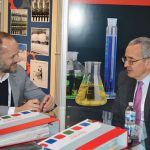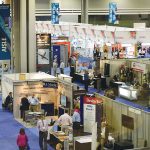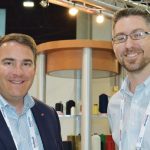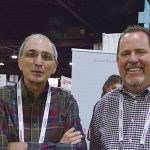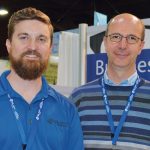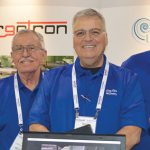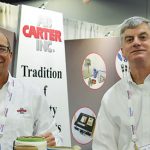PARIS — July 19, 2016 — Lectra is pleased to announce that Laziale Interni Auto, an Italy-based supplier of leather cut parts to tier-1 and tier-2 automotive component manufacturers, has chosen Lectra’s Versalis® for its next-generation digital cutting room.
Specialized in the production of headrests and armrests for vehicle interiors, the company cuts,sews and assembles seating and interior components for major automotive manufacturers as well as for the rail and aeronautics industries. Laziale Interni Auto is also active in aftermarket vehicle customization, especially for classic and collector cars. The company runs two production units in central peninsular Italy.
A Lectra customer, Laziale Interni Auto has used Lectra CAD-CAM software for since 2005. The company made an initial foray into computer numeric control (CNC) cutting with the acquisition of Vector® Lectra’s fabric-cutting solution, in 2014. Driven by a commitment to continuous innovation, Laziale Interni Auto subsequently decided to migrate automotive leather production from manual die-cutting to the digital cutting value chain.
In 2015, the company transitioned to automated leather cutting with the acquisition of a first Versalis® for its plant in the Lazio region of Italy. To meet the increased demand of a major vehicle manufacturer, Laziale Interni Auto decided to implement a second Versalis solution in the same plant this year.
Laziale Interni Auto now runs a more efficient production cycle thanks to automated processes that expedite the identification of flaws, as well as nesting, cutting and the unloading of cut parts. Versalis’ uninterrupted hide cutting offers an unparalleled level of quality and significantly lower costs through material gains impossible to achieve using die presses.
Growing consumer demand for more personalized vehicle interiors is driving an increasingly high level of complexity for OEMs and their suppliers to manage, due to a wider range of product variants and faster product changeovers. Lectra’s Versalis improves flexibility by eliminating dies, saving eight to 12 weeks in vehicle program start-up time. With a newfound ability to adjust vehicle programs in substantially less time, Laziale Interni Auto can now stay apace of its vehicle manufacturer end-customers’ evolving needs.
“The difference between die cutting and our new digitalized process is night and day,” remarks Renato Clemente, Production Unit Manager, Laziale Interni Auto. “Our Versalis allow us to achieve much greater productivity. And without the need to retool, we can meet new requirements faster than we ever could before.”
“Remaining competitive in the automotive industry means staying on top of consumer tastes and emerging vehicle interior trends,” states Céline Choussy Bedouet, Chief Marketing and Communications Officer, Lectra. “This puts additional pressure on automotive interior suppliers to be more agile. By making the switch to a fully digitalized leather cutting process, Laziale Interni Auto can be sure to keep up with carmaker demand now and into the future.”
Posted July 19, 2016
Source: Lectra

